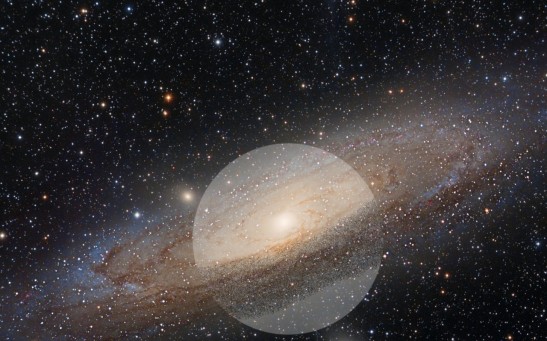neptune
James Webb Space Telescope Captures Neptune For the First Time

Making Nanodiamonds From Plastic Bottles Reveal 'Diamond Rain' Could Be More Common Than Previously Thought
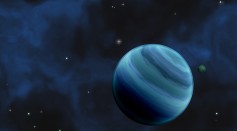
New Neptune-Sized Exoplanet Orbiting a Bright Massive Star May Explain Why Finding Such Planets Is Rare

Diamonds Are Falling in Uranus and Neptune: What Will the James Webb Space Telescope See Inside The 2 Ice Giant Planets
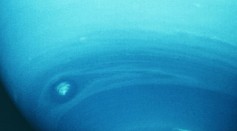
Uranus and Neptune: These 2 Planets May Have Many Similarities But They Differ in Color; Here’s Why
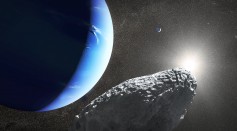
Neptune's Atmosphere Colder Than We Thought As It Dropped Temperatures in 2 Decades
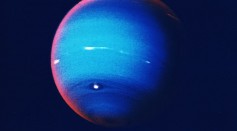
Planet Neptune: Will the ‘Ice Giant’ Be NASA’s Next Mission?
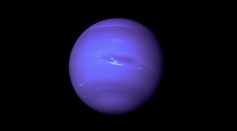
Scientists Explain Why Ice Giants Uranus and Neptune Have Different Shades of Blue
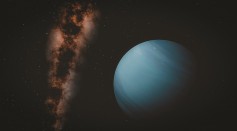
Super Neptune Exoplanet Has Water Vapor In Its Atmosphere Providing Clues on the Gas Giants in the Solar System
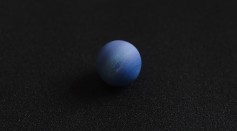
Could It Be Raining Diamonds in Uranus and Neptune? Scientists Use Mathematical Model to Find Out What's Happening Inside the Ice Giants
Planet Rings: What Are They Made Of?
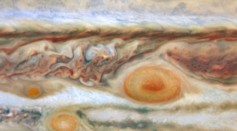
Hubble Space Telescope Releases Mind-Blowing Images Captured from Outer Solar System's Gas Giants Showing Unique Planetary Activities
Superionic Hot Ice Theorized to Maintain Magnetic Fields Present in Uranus and Neptune
LOOK: Sharpest Images of 42 Largest Asteroids Released; Features Unique Shapes Like Dog-Bone, Spheres
Most Popular

How Technology Is Changing the Real Estate Industry?

How a Plant-Based Diet Can Protect Against Breast Cancer: Insights from Nutrition Research

Study Reveals High Turnover in Scientific Research Careers: What This Means for Future Scientists

Why It's So Difficult to Lose Weight: The Biological Explanation Behind Obesity

